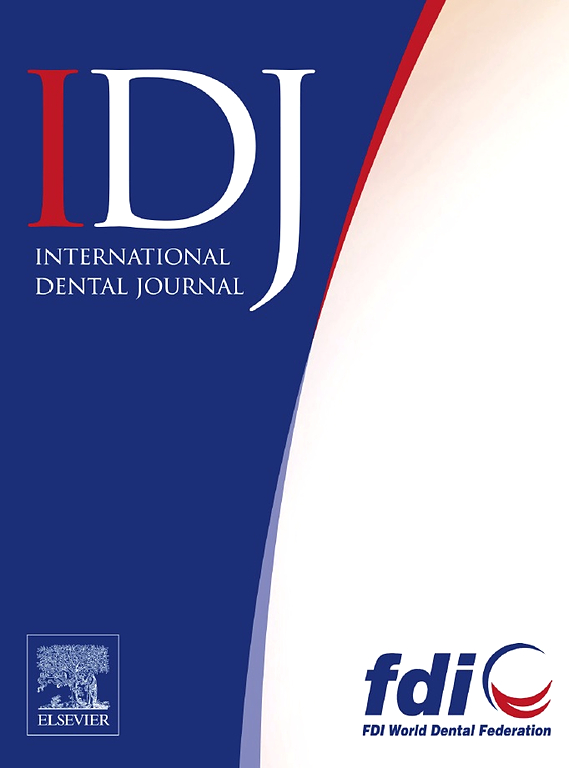An Artificial Intelligence Solution for Automated Dental Inspection and Charting
IF 3.2
3区 医学
Q1 DENTISTRY, ORAL SURGERY & MEDICINE
引用次数: 0
Abstract
Background
Visual inspection and documentation (charting) of findings are critical components in dental practice. However, manual charting is tedious, time consuming, and prone to errors. Attempts to automate charting using AI have focused on computer vision of radiographs, which does not replace visual inspection and has limitations in community screening settings. We aim to develop a deep-learning-based real-time charting using intra-oral videos. This study encompasses tooth identification, the initial phase of our development process.
Methods
100 intra-oral videos were recorded, annotated using CVAT software, and split into training and testing datasets (80:20 ratio) to develop an object detection YOLOv7x model on a Convolutional Neural Network (CNN). The model was evaluated by its ability to accurately detect each tooth's ID (class) and position using the mean average precision (AP), which encases a confusion matrix, Precision and Recall, based on a minimum overlap of 50% between manual and automated annotation (Intersection over Union IoU = 0.5).
Results
Of the 186,332 captured image frames; 8747 were annotated, with data augmentation yielding 17,494 images. AP varied among tooth types; mAP at 0.5 IoU reached 78.8%, with Precision and Recall at 72.5% and 77.9% respectively.
Conclusion
To the best of our knowledge, this is the first study to utilize real-time videos for this purpose. This research presents a novel approach to automate dental inspection and charting, offering the potential to reduce clinical time and costs, improve patient experience and outcomes, and enhance patient access to dental care.
用于自动牙科检查和绘图的人工智能解决方案
背景:在牙科实践中,目视检查和结果记录(图表)是至关重要的组成部分。然而,手工绘制图表是乏味的、耗时的,而且容易出错。使用人工智能自动化制图的尝试主要集中在x光片的计算机视觉上,这并不能取代视觉检查,并且在社区筛查环境中存在局限性。我们的目标是利用口腔内视频开发一种基于深度学习的实时图表。这项研究包括牙齿鉴定,这是我们发育过程的初始阶段。方法对100个口腔内视频进行记录,使用CVAT软件进行注释,并按80:20的比例分成训练和测试数据集,建立基于卷积神经网络(CNN)的YOLOv7x目标检测模型。通过使用平均精度(AP)准确检测每个牙齿的ID(类别)和位置的能力来评估该模型,该模型包含一个混淆矩阵,precision和Recall,基于手动和自动注释之间50%的最小重叠(Intersection over Union IoU = 0.5)。结果在捕获的186,332帧图像中;对8747张图像进行了注释,数据增强产生了17494张图像。牙型间AP差异较大;0.5 IoU时mAP达到78.8%,Precision和Recall分别达到72.5%和77.9%。据我们所知,这是第一个利用实时视频来达到这个目的的研究。本研究提出了一种自动化牙科检查和制图的新方法,提供了减少临床时间和成本,改善患者体验和结果,并提高患者获得牙科护理的机会的潜力。
本文章由计算机程序翻译,如有差异,请以英文原文为准。
求助全文
约1分钟内获得全文
求助全文
来源期刊

International dental journal
医学-牙科与口腔外科
CiteScore
4.80
自引率
6.10%
发文量
159
审稿时长
63 days
期刊介绍:
The International Dental Journal features peer-reviewed, scientific articles relevant to international oral health issues, as well as practical, informative articles aimed at clinicians.
 求助内容:
求助内容: 应助结果提醒方式:
应助结果提醒方式:


